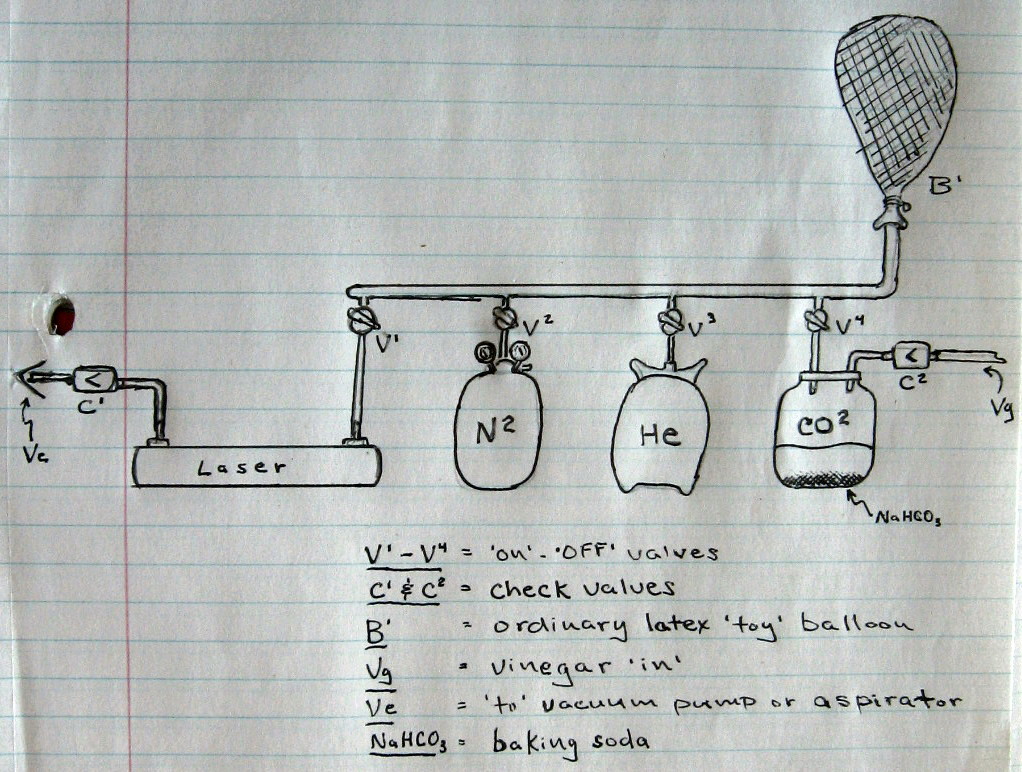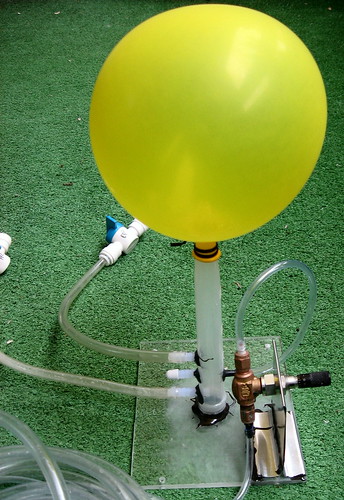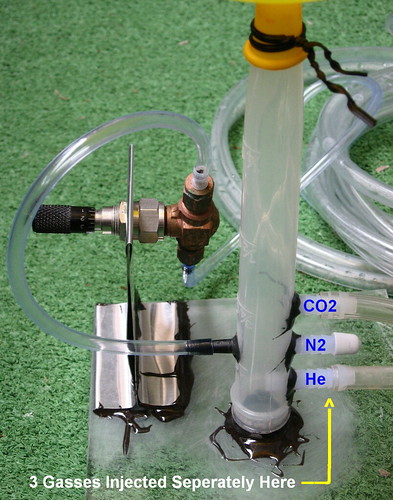HIMNL9
0
- Joined
- May 26, 2009
- Messages
- 5,318
- Points
- 0
..... Some of it was what is commonly known as world war one nerve gas .....
Phosphine and Phosporous oxy-chloride(POCL), as well as Arsine and even some Tungsten Hexafluoride(fluorine is nasty). Aaaah the smell of napalm in the morning. ;-) .....
Get some chloroform, degrade it, and ..... poof ..... instant homemade iprite (keep out from childrens and domestic animals reach
BTW, nice innocuous substances, are used for semiconductor making processes .....








